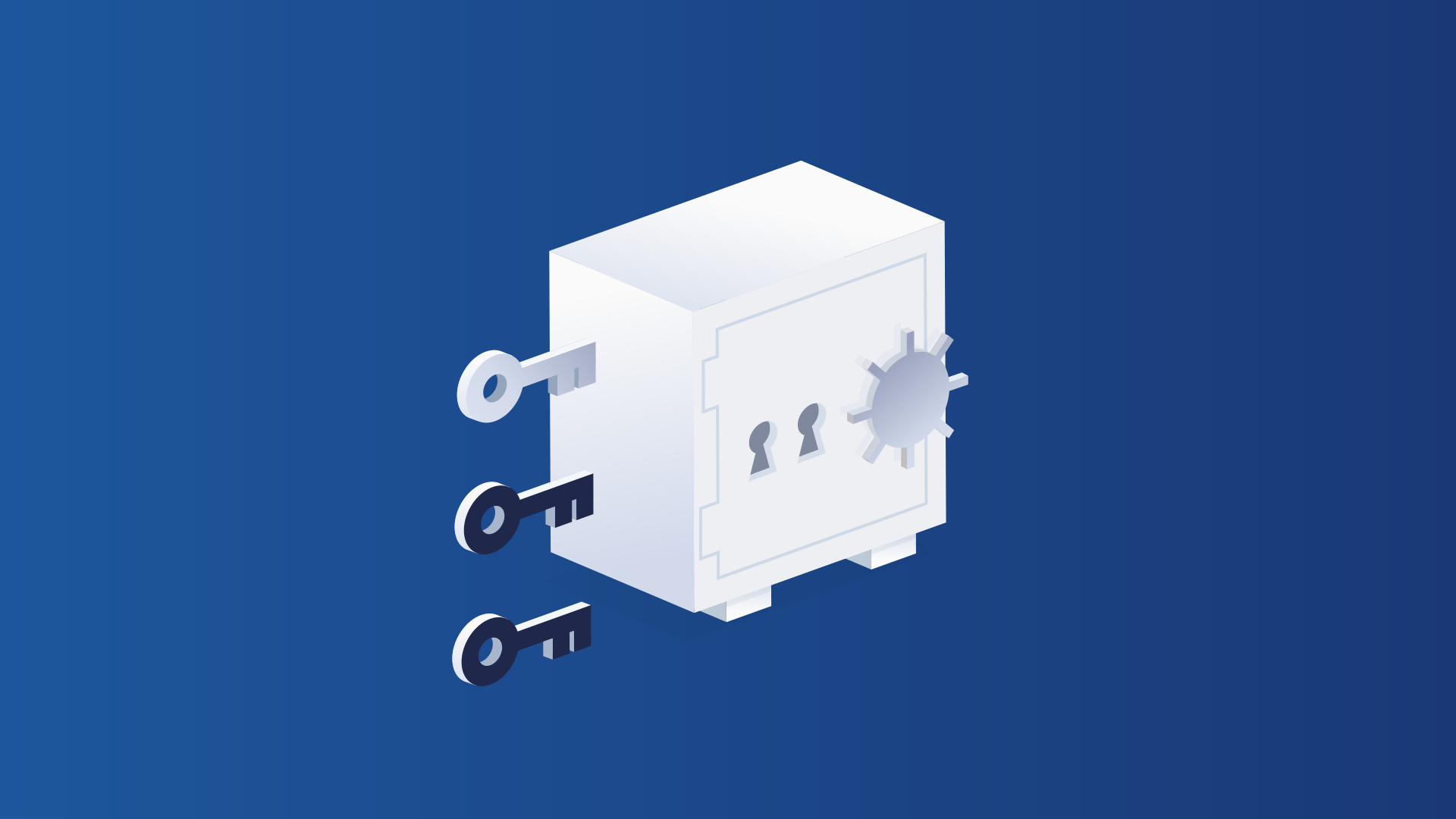How does the bitcoin source code define its 21 million cap?
Many of bitcoin’s staunchest critics have expressed doubt about its 21 million cap, but perhaps the most mindless criticism relates…
,
Dollar-cost averaging (DCA) is a popular strategy for building long-term savings, typically involving fixed-sized purchases of a target asset on an ongoing basis. As long as the asset you’re buying increases in value in the long term, dollar-cost averaging tends to reduce the emotional impact of volatility and lower your average cost over time. Here, we discuss establishing a dollar-cost averaging plan as a bitcoin saver.
Building a savings plan begins with looking at your income and expenses. If you don’t already have a large lump sum to deploy (if you do, you can skip to the next step!), you need to find a way to consistently generate a surplus from your income. You can accomplish this through a couple of basic approaches: lowering your expenses or increasing your income (or a combination of both).
The lowest-hanging fruit for most people is simply lowering expenses. “Just stop buying that drive-thru coffee every morning, and you’ll have hundreds of dollars per month to allocate to your savings plan,” is the advice you’ve probably heard before. In this spirit, some suggest creating a strict budget to give every dollar of income a specific “job.”
While budgets require fortitude to maintain, you might find living on one freeing as it affords you clearer guidelines for both saving and discretionary spending. There are many ways to get started with a budget—some popular apps include Intuit’s Mint or YNAB, But the tried-and-true method of building a spreadsheet yourself is a great way to take matters into your own hands.
If a budget is intimidating, an alternative is to focus on lifestyle and habits. With this approach, controlling spending is less about willpower and sacrifice and more about living intentionally and building properly-aligned routines. Lifestyle-based spending controls might include:
Aligning your routines creates an environment conducive to spending less and saving more. It also meshes well with the low-time preference mindset of bitcoin. Focusing more on financial responsibility and long-term health, and less on immediate gratification, are not only more frugal—they can also improve your long-term quality of life.
Finding a surplus you can sustain over the long haul can be difficult. Increasing your income is typically a longer-term approach to solving this problem, but compared to lowering expenses, it’s far more dependent on your specific circumstances. Common ways to increase your income include earning promotions, finding a new career, or adding additional income streams.
Once you’ve found a way to free up income reliably (or you have a lump sum to deploy), the next step is deciding on an amount to devote to dollar-cost averaging along with the ideal purchase frequency for you.
The amount you purchase will be highly situational, but remember: If you think bitcoin’s price will increase long term, regularly making purchases in sizeable fixed amounts means you will be buying more sats when the price is lower and fewer sats when the price is higher. This is how, over time, you achieve a lower average price per sat. However, you shouldn’t commit so much of your income that you might need to sell. After all, the key benefits of a bitcoin DCA strategy are mitigating the psychological impact of volatility and treating bitcoin like savings!

Taking into account bitcoin’s rapid monetization up to this point, the frequency of your purchases is also important to consider. Bitcoin has been known to appreciate quickly, so if you think that trend will continue, spreading out your buys over too long a time period may cause you to miss opportunities at lower prices.
Approaches vary, but cadences of one purchase per week or every other week are common. Aligning your buys with pay periods is also a popular approach. Taking this approach offers you the opportunity to “pay yourself first” before other priorities demand your discretionary income. An example DCA strategy might look like this: 5% of a monthly income of $8,000 ($400) automatically purchased on a cadence of $200 per pay period (every two weeks).
Once you know how much you want to spend and how often, the next step is to choose a purchase method. Today there are many choices available, one of which is certain to meet your needs. Some platforms—such as exchanges and payments apps—offer automatic purchase systems which allow you to pre-set the amount of bitcoin you wish to buy and how often (though you’ll still need to consider handling self-custody, discussed below).

Other platforms such as decentralized peer-to-peer exchanges generally lack automated purchase tools and require a more hands-on approach. With these, it can be helpful to pair your purchases with other recurring external events—such as paydays—and set up a reminder to conduct your buys manually.
Other considerations for choosing a platform for buying bitcoin include:
Read our full guide on all the different ways to buy bitcoin for a deeper look at these trade-offs.
Bitcoin is a unique property that gives you an unsurpassed level of control over your wealth, and while this does require you to take some additional responsibility, it also minimizes your exposure to some of the most common ways that people lose their bitcoin permanently. To take advantage of bitcoin’s sovereignty upside, you should make a plan for self-custody—which means holding the private keys for your bitcoin in a wallet over which you have control.
There are many approaches for taking self-custody of bitcoin, each with their own trade-offs.
The entry to self-custody for many is something commonly called a “hot wallet,” or software for storing bitcoin keys that runs on an internet-connected device. As their name suggests, hot wallets are internet-connected and inherently less secure than their “cold” alternatives. The oldest and most popular of these is a desktop application called Bitcoin Core, which is both a software for running a full node (validating the blockchain) as well as a wallet with basic features.
You can also self-custody your bitcoin using a hot wallet on your mobile phone. There are many out there, but many popular options (such as BlueWallet) are open-source and feature-rich with support for Lightning, multisig, and seed phrase backups. Mobile wallets, though convenient and easy to use, are generally recommended only for storing small amounts of bitcoin.
A hardware wallet enables you to store private keys on a dedicated device that’s not connected to the internet—also called “cold storage.” Hardware wallets will generate and store your private keys using their built-in secure element. Then, you can use those keys to sign transactions using an accompanying wallet software like Trezor Suite or Ledger Live.
While standard hot wallets and hardware wallets are singlesignature (meaning they are controlled by a single key) by default, multisig wallets are a far more secure setup for storing your bitcoin savings. A multisig wallet is simply a wallet created with multiple private keys. For example, three bitcoin keys from three separate hardware wallets can be combined to create one wallet, where two of three keys are required to spend funds.

The devices you use to build a multisig wallet (and their associated seed phrase backups) can be distributed across separate geographic locations, protecting you from single points of failure such as fire, flood, or theft.
As you grow your bitcoin savings through dollar-cost averaging, you will ideally be purchasing many small, incremental amounts of bitcoin and sending them to your own self-custody. As part of this process, you will be accumulating what are known as UTXOs, or “unspent transaction outputs”. You can think of UTXOs as analogous to coins collecting in a piggybank. Exchanges and other third-party custodians take care of maintaining this piggybank, but if you self-custody bitcoin, it’s your job.
While this technical part of holding bitcoin often doesn’t pose problems until months or year down the line, it’s still something you should be aware of if you have a bitcoin DCA strategy. In particular, accumulating too many UTXOs in your cold storage hardware wallet could cause you to run into transaction signing issues because of device limitations or pay exorbitant fees if you have to move bitcoin later at inconvenient times.
It’s also important to learn about UTXOs if you use multisig, since these problems are compounded when dealing with multiple signatures. Unchained’s Tom Honzik has done an excellent primer on how UTXOs work and strategies for managing them, as well as some of the unique considerations that DCA savers should consider when accumulating small amounts of bitcoin over time.
In the United States, as of this writing, you can buy and send bitcoin to yourself (such as from an exchange to cold storage) without incurring a taxable event. If you sell or spend coins that have appreciated, tax considerations come into play. It is important to keep detailed records of your cost basis in the coins you purchase (e.g., the amount you paid for your bitcoin) for the purposes of determining capital gains tax in the future.
The tax implications of DCA bitcoin savings vary widely by jurisdiction, so always consult a tax professional if you’re unsure about your particular situation.
No contents of this post may be relied upon as tax, legal, or financial advice, as they are solely educational in nature and have not been tailored to you or been reviewed by an attorney, financial advisor, or tax professional. For any questions related to your own specific situation, please consult with your own attorney, tax professional, and/or licensed financial advisor.
Many of bitcoin’s staunchest critics have expressed doubt about its 21 million cap, but perhaps the most mindless criticism relates…
Ted Stevenot, Stephen HallWhen Satoshi Nakamoto created bitcoin, he established in its code a fixed number of bitcoin that will ever exist. Since…
Ted StevenotOriginally published in Parker’s dedicated Gradually, Then Suddenly publication. Bitcoin is often described as a hedge, or more specifically, a…
Parker Lewis